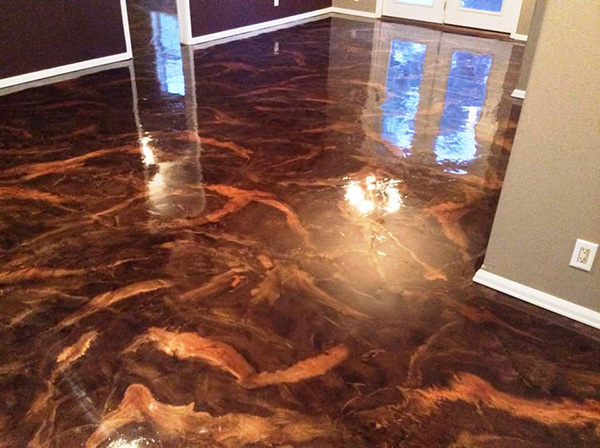What is the Cause of Bubbles on Epoxy Flooring and How can it Be Fixed?

Bubbles rising on epoxy flooring are common, and this mostly happens due to outgassing. This process happens when trapped air or gas from the concrete are released and makes bubbles or pinholes in epoxy floors. However, this is an issue and can ruin the outlook of the floor, so this needs to be repaired soon.
How can you detect outgassing?
The difference in the types of breaks in your residential epoxy flooring in Melbourne allows you to determine whether outgassing has taken place. There are two distinctive faults, which happen due to outgassing; one is the presence of small blisters, known as pinholes. You will be able to see the round crater in the coating, and this is where the gas is released. And the second sign of outgassing is any sized bubbles visible in the coating.
What are the causes of outgassing?
Outgassing that turns into pinholes and craters happens because of the residual silicone, oil, or grease, which is left on the surface of the flooring before the epoxy is applied. If epoxy is applied to the top of these residual oils, then it reacts with these residuals and created pinholes. Also, outgassing can happen due to the changes in room temperature when the epoxy is hardening. Sudden change in room temperature can create layers of bubble formation. The bubbles rise and expand unless they get released from the surface. Moreover, due to excessive humidity, often, the epoxy does not set properly, which lead to bubbles.
Besides, outgassing can also happen due to improper preparation of your epoxy products, like high powered mixing of hardener solutions and resin that emerges more bubbles, and another one is using an excessive solvent that might lead to overflow of evaporation, which creates pinholes on the epoxy floors. However, to prevent these cases, you need to be extra careful with the application of all the products of epoxy. Also, you need to retain a suitable and consistent temperature throughout the process of application.
How can you fix the effects of outgassing?
There are some minor fixes that can fix the bubbles and pinholes in the epoxy. However, the best technique that can be applied to fix and release the excess gasses, which are trapped, is by applying another coat of epoxy. For doing this, you need to sand the epoxy by using a rotary scrubber or a palm sander for smaller portions, and for the bigger areas of cluster bubbles, you can use floor buffer. However, if you see that the bubbles are on the entire floor, then using diamond grinder will be more effective in removing the existing coating of epoxy. Make sure to use hard blasting option for removing defective epoxy flooring. After this, you need to vacuum the dust to remove the dust and debris, which might create issues with the bonding of your new epoxy flooring. Finally, put another coat of epoxy carefully so that you can avoid blemished coats. Hence, this is the best way to remove bubbles from epoxy floors.
Last Verdict!
Thus, from the above discussion, the cause of bubbles in epoxy flooring can be clearly understood. Also, the process on how to fix blisters in epoxy floors must be performed carefully so that the mistakes are not repeated. However, if you do not have a proper idea on fixing this issue, then you can hire experienced professionals for doing this job more effectively.
Post Your Ad Here
Comments